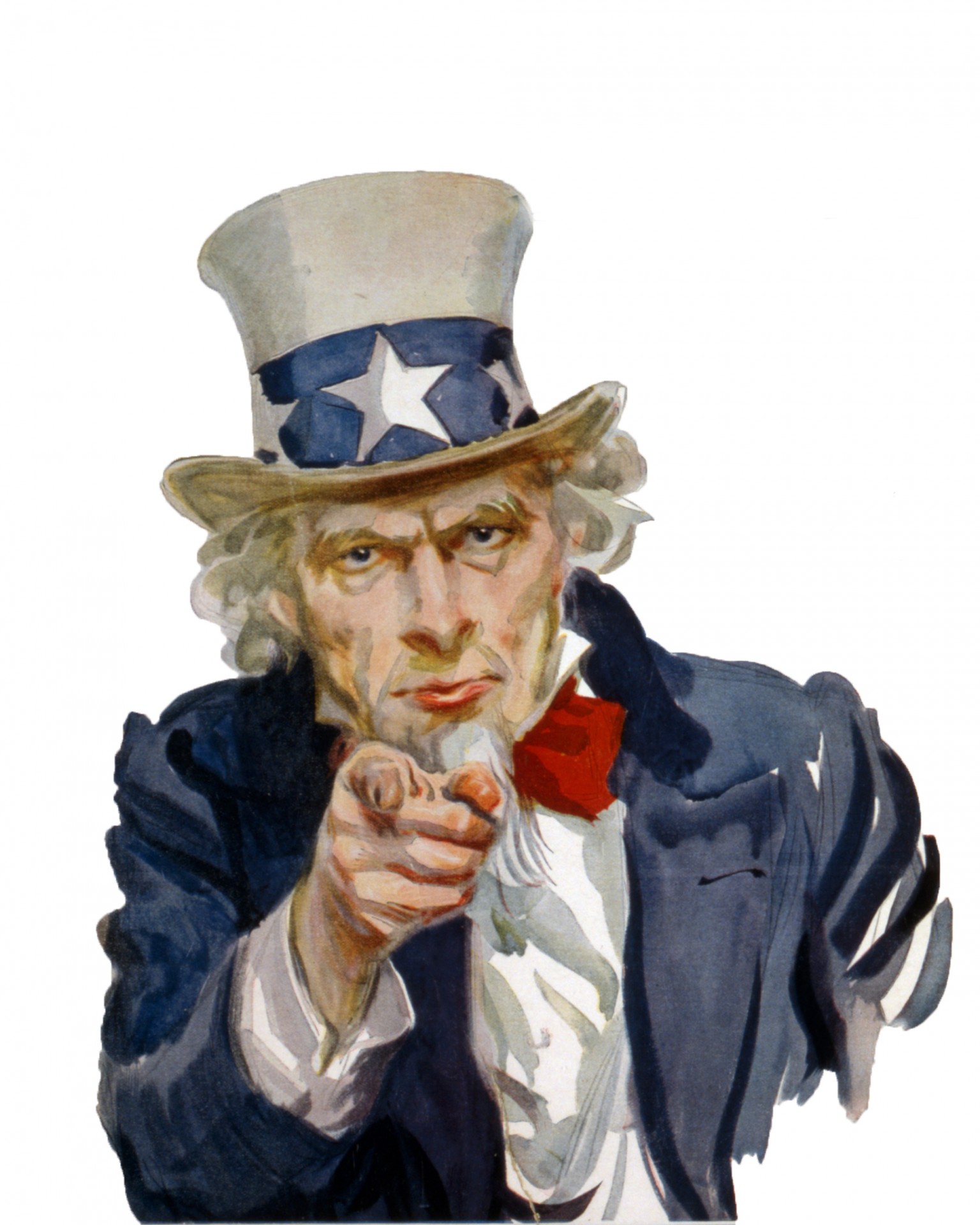
Under a barrage of fallacious arguments from the Bush administration and the U.S. Congress, Beijing made a tactical retreat on July 21, 2005. It “reformed” China’s exchange-rate regime. After a decade in which the yuan had been linked to the U.S. dollar at a fixed rate, China adopted a managed floating-exchange-rate regime. And on the new system’s initial day of operation, the yuan was allowed to move from 8.28 to the dollar to 8.11, a 2.1 percent yuan appreciation. Since then, the yuan has appreciated another 1.12 percent against the greenback.
Although the United States has hailed China’s new exchange-rate regime as a step in the right direction, Washington wants more yuan appreciation. According to “experts” inside the Beltway, a 20 percent appreciation, or more, would be suitable. No doubt President Hu Jintao will hear plenty about this during his four-day U.S. visit, starting Tuesday. The Bush Administration and many in Congress will argue, as they have in the past, that a yuan appreciation will help China. This latest version of Uncle-Sam-knows-best is laughable.
But this isn’t the first time U.S. special interests have prevailed in the name of helping China. During his first term, Franklin D. Roosevelt delivered on a promise to do something for silver. Using the authority granted by the Thomas Amendment of 1933 and the Silver Purchase Act of 1934, the Roosevelt administration bought silver. These purchases and bullish rumors about U.S. silver policies helped to more than triple the price of silver in the 1932-35 period.
Bizarre arguments contributed mightily to the agitation for high silver prices. One centered on China and the fact that it was on the silver standard. Silver interests asserted that higher silver prices — which would bring with them an appreciation in the yuan — would benefit the Chinese by increasing their purchasing power. As a special committee of the U.S. Senate reported in 1932, “Silver is the measure of their wealth and purchasing power; it serves as a reserve, their bank account. This is wealth that enables such peoples to purchase our exports.”
Things didn’t work according to Washington’s scenario. As the dollar price of silver and of the yuan shot up, China was thrown into the jaws of depression and deflation. In the 1932-34 period gross domestic product fell by 26 percent and wholesale prices in the capital city, Nanjing, fell by 20 percent. In an attempt to secure relief from the economic hardships imposed by U.S. silver policies, China sought modifications in the U.S. Treasury’s silver-purchase program. But its pleas fell on deaf ears. After many evasive replies the Roosevelt administration finally indicated on Oct. 12, 1934, that it was merely carrying out a policy mandated by Congress. Realizing that all hope was lost, China was forced to effectively abandon the silver standard on Oct. 14, 1934, though an official statement was postponed until Nov. 3, 1935. This spelled the beginning of the end for Chiang Kai-shek’s Nationalist government.
History doesn’t have to repeat itself and it is hoped that it won’t. After all, a significant yuan appreciation against the dollar today would result in a nasty deflationary impulse, as it did in the 1930s. For example, an appreciation in the yuan of 20 percent would generate a 12.5 percent deflationary impulse. This would completely sink China’s banking system and spread untold hardship among China’s 800 million restless rural residents.
President Hu’s visit will allow him to remind President Bush that Uncle Sam’s misguided silver policies in the 1930s doomed the Nationalist government and paved the way for the communist ascension.
Author Steve H. Hanke

0 responses on "Uncle Sam Knows Best?"